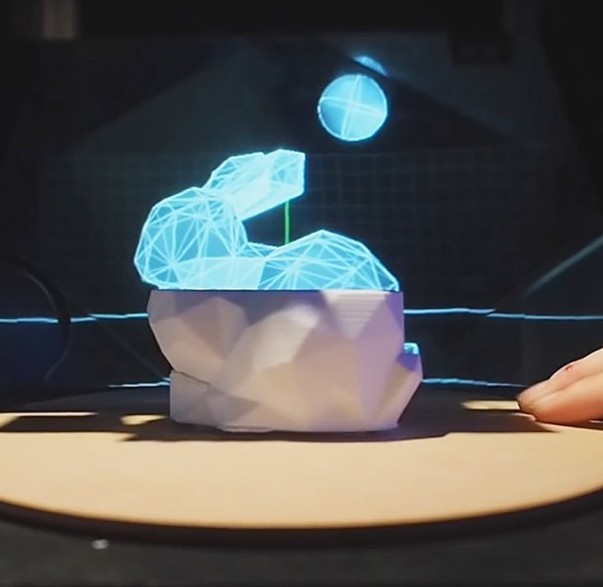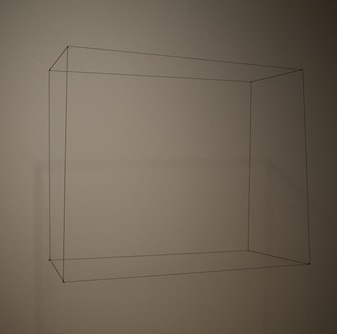The rapid proliferation of digital fabrication machines has resulted in creating an environment that enables more people to make various creations. From a viewpoint of Human Computer Interaction, interfaces bridging between works in the digital environment and the physical environment are necessary to support design for personal fabrication. To fill the gap, we propose a new type of fabrication machine called MiragePrinter that connects the users’ digital works and physical works seamlessly. More concretely, we make three contributions. Firstly, we propose a hardware, which can show floating images on a 3D printer stage. With this machine, users can simultaneously view optical images of their models and their physical manifestations in identical positions. We utilized the mid-air imaging display to superimpose images on physical objects. By using these optics, the system can show floating images without interfering the printing mechanism. Secondly, we have developed software and interfaces, so that users can control the displayed images and the printer actuations simultaneously. The user can design models using CAD software overlapped on the stage in real scale. In addition, users can manipulate models using face movements or a rotating stage. Thirdly, we open up new methods for fixing or customizing existing physical objects. [Editing 3D Objects While Printing] we suppose a scenario that a user makes a smartphone stand. The user can put the smart phone on the printing stage. He can test suitable angle for it physically and design the standby referring it directly. [Quick Scanning of Existing Objects] Users can scan and modify the shape of existing physical objects just by tracing the shape without using a high spec 3D scanner. [Direct Printing onto Existing Objects] This system enables the user to directly add new parts to an existing object (e.g. A new handle for an existing cap).
Junichi Yamaoka and Yasuaki Kakehi. 2016. MiragePrinter: interactive fabrication on a 3D printer with a mid-air display. In ACM SIGGRAPH 2016 Studio (SIGGRAPH ’16). ACM, New York, NY, USA, , Article 6 , 2 pages. DOI:
http://dl.acm.org/citation.cfm?id=2929489
MiragePrinterは、立体映像を組み合わせた新しい3Dプリンターです。3Dプリンタの中に立体映像ディスプレイを配置することで、プリンタの中で設計(モデリング)ができます。完成形をプリンタの中でみることできます。立体映像と造形物は実寸大なので、既製品をプリンタの中に入れて、見比べながら設計したり(本物のペンを置いてペンスタンドを設計)、既成品の上に直接プリントすることができます。またプリント途中に、造形を止めて、設計をし直すことで、途中で形をかえることができます。






